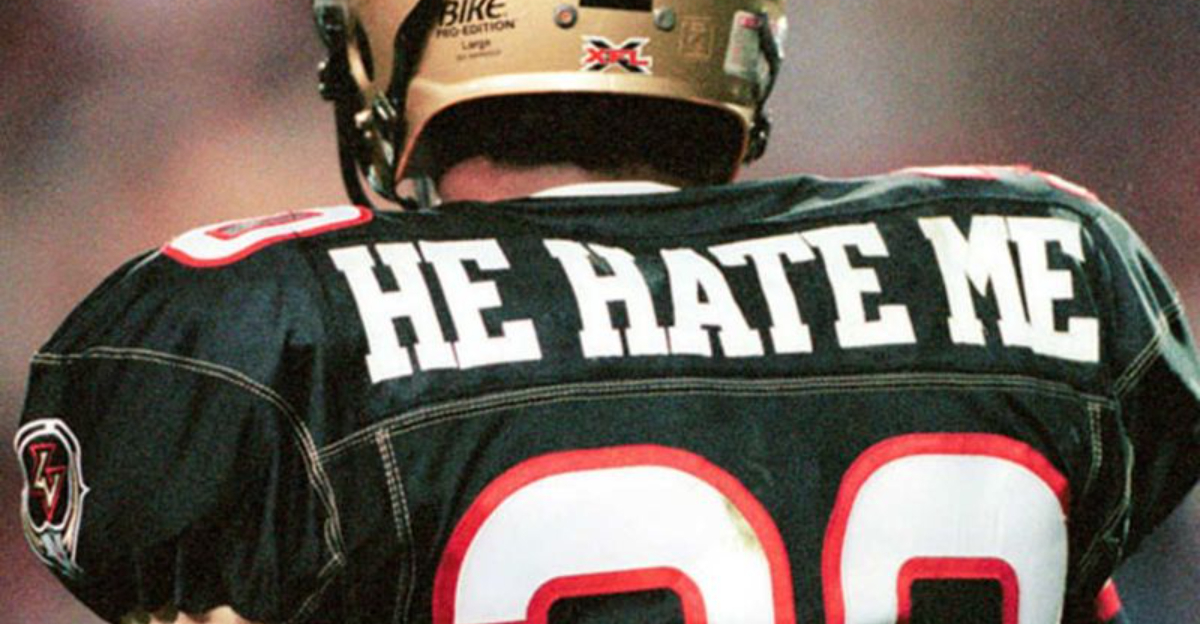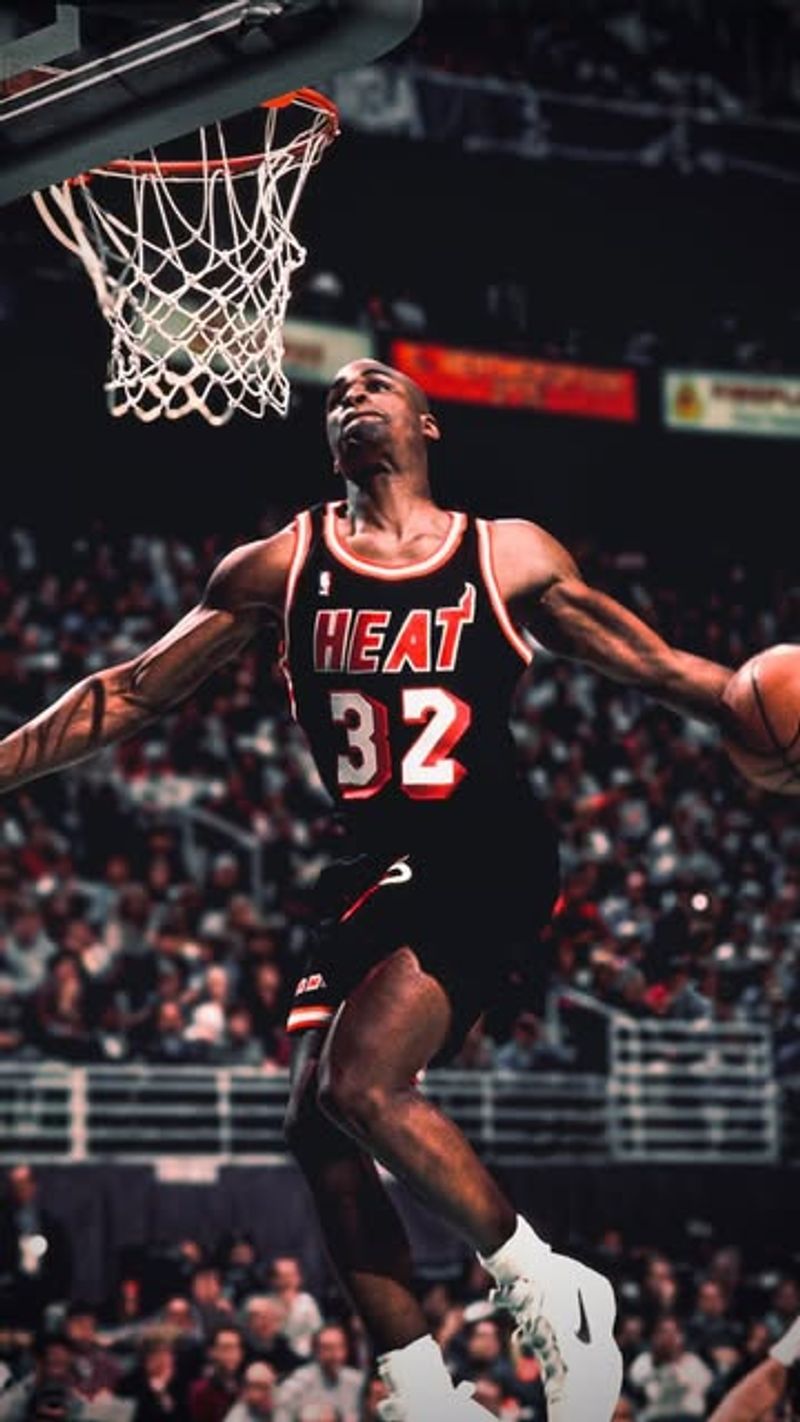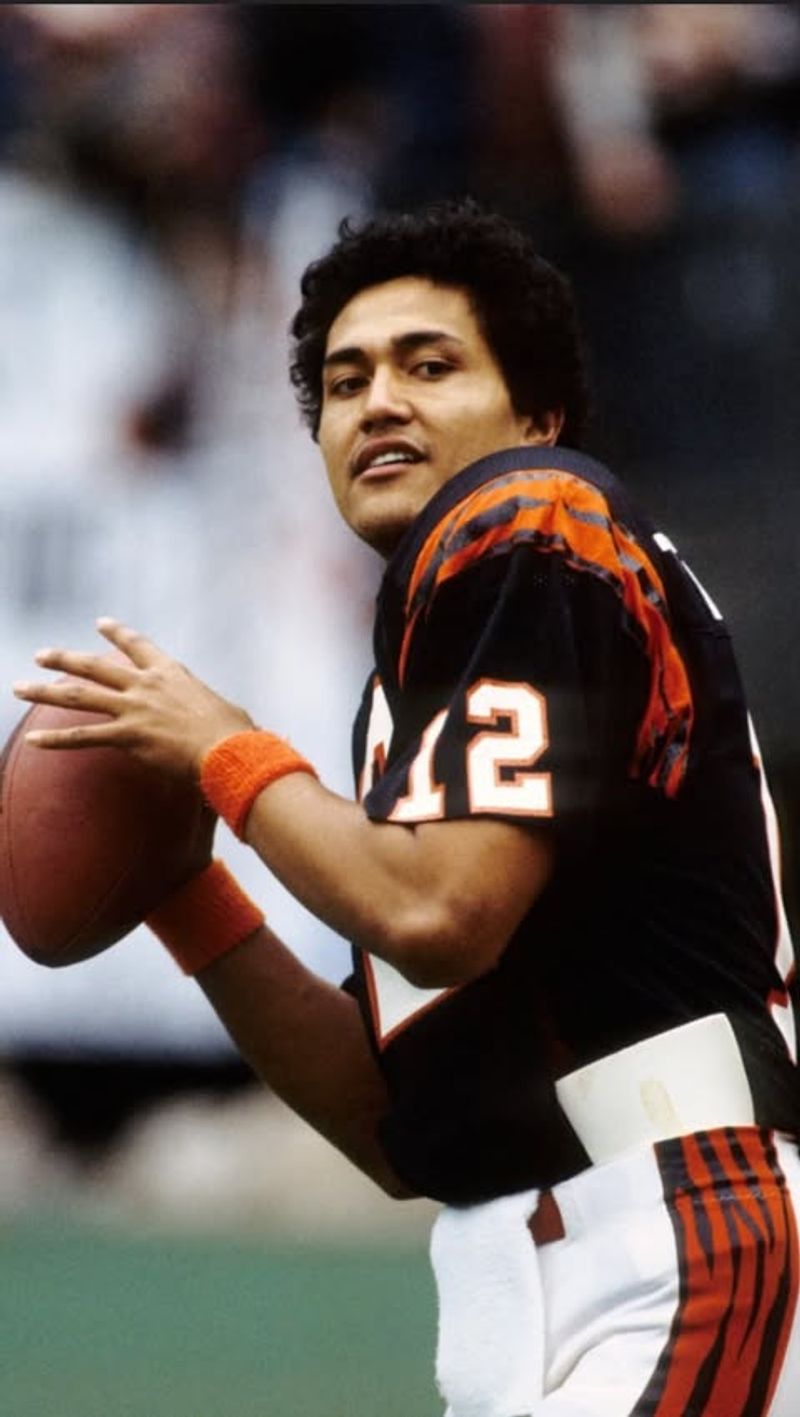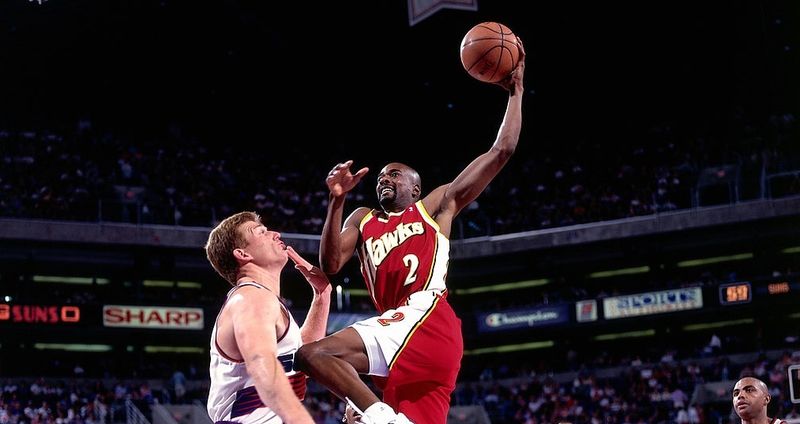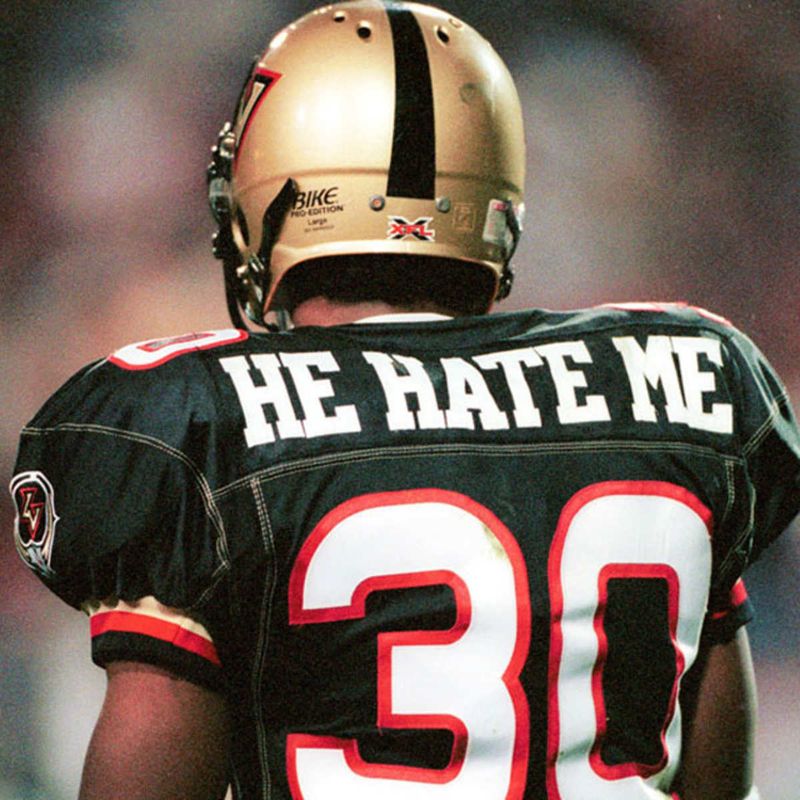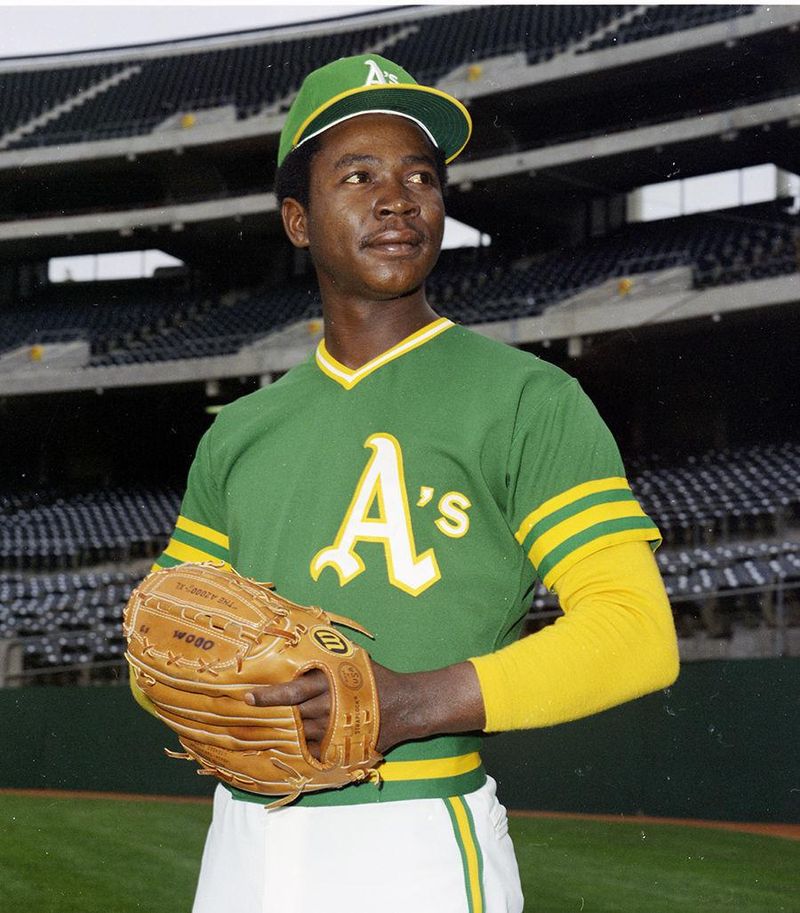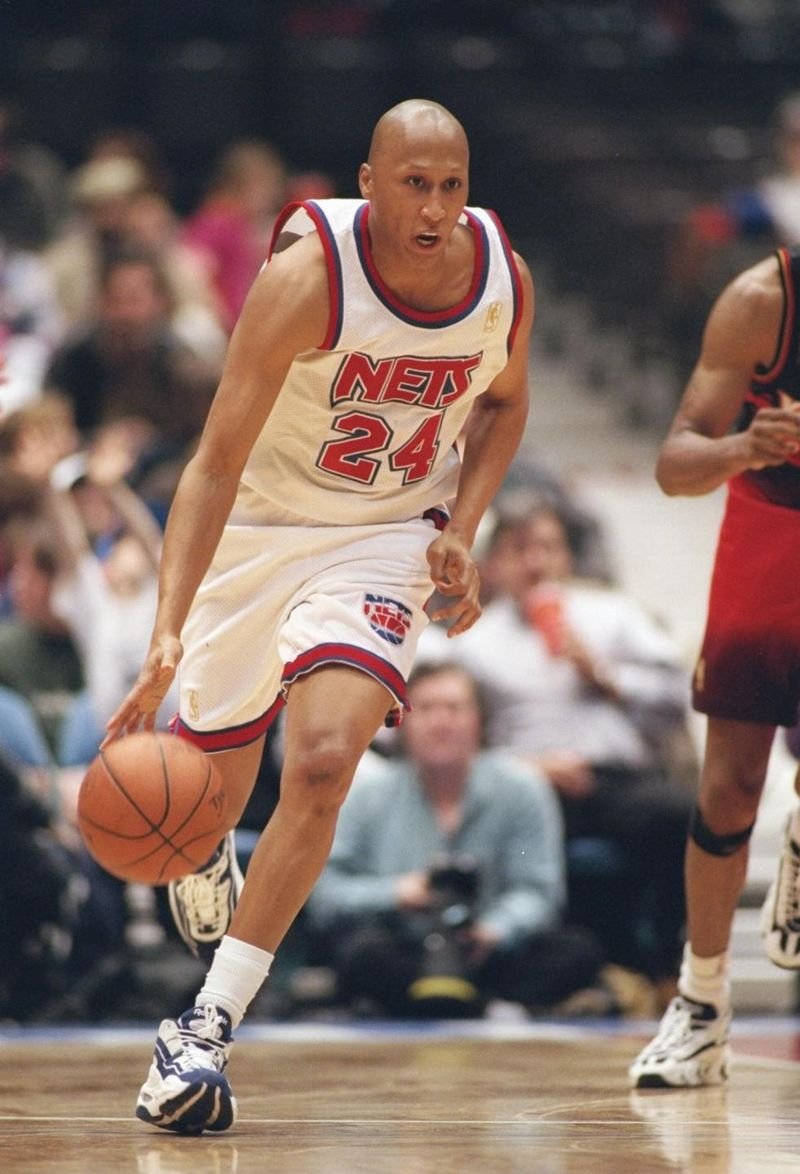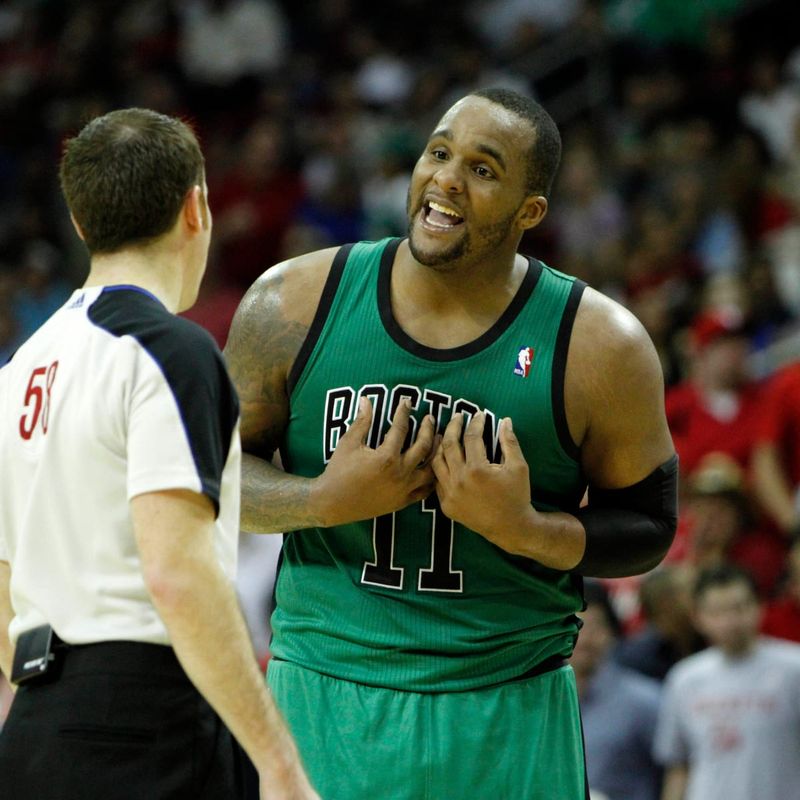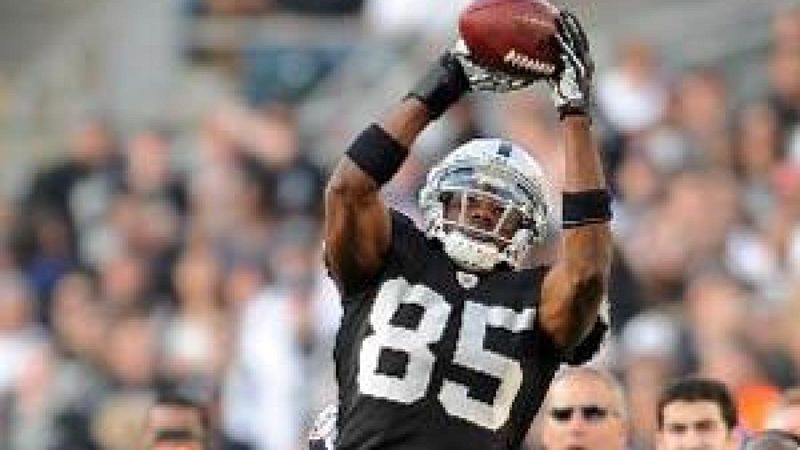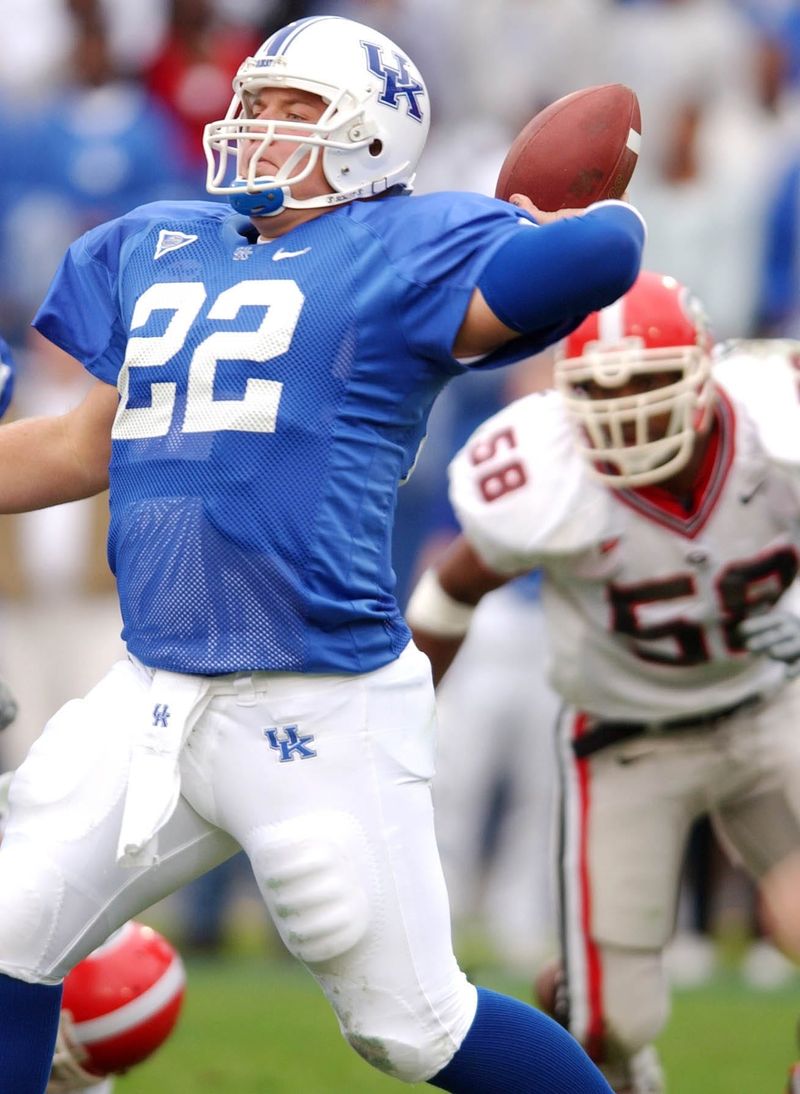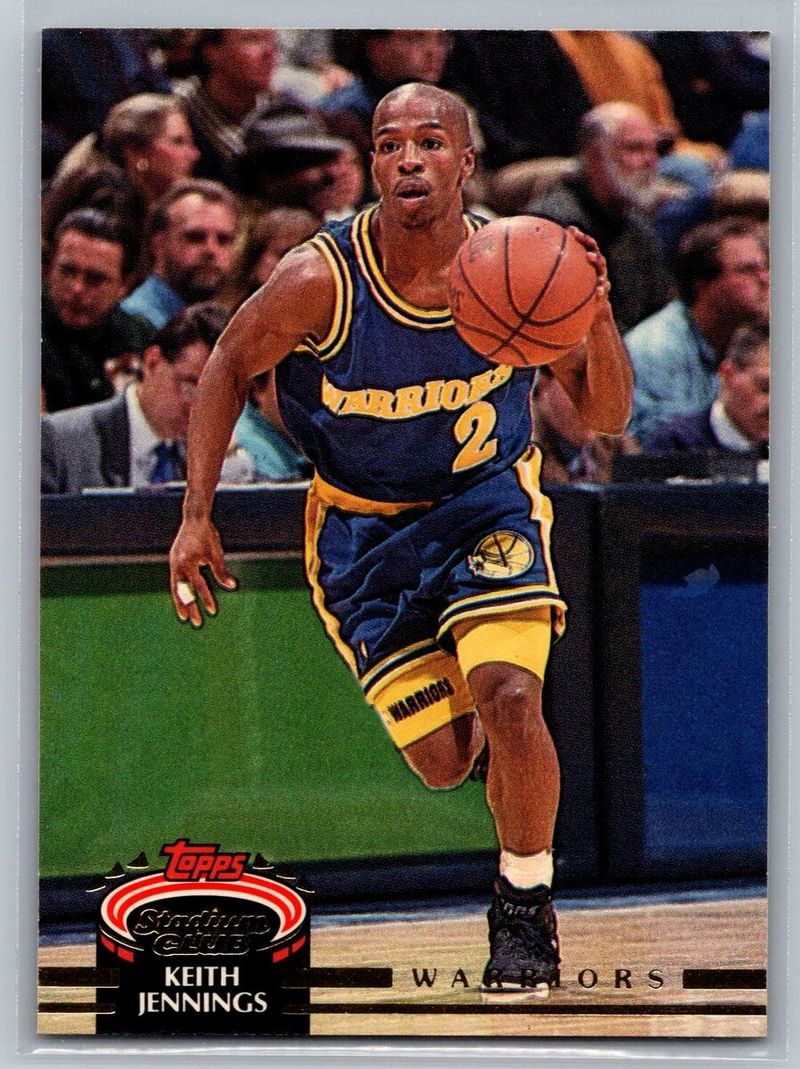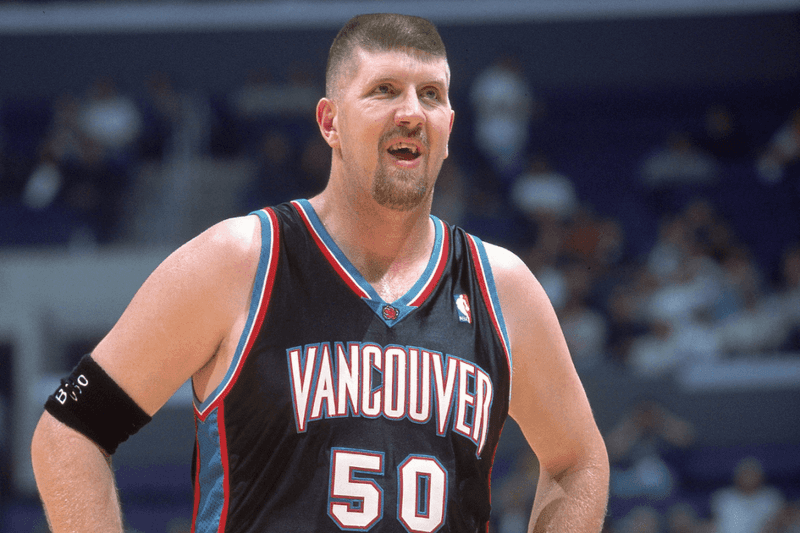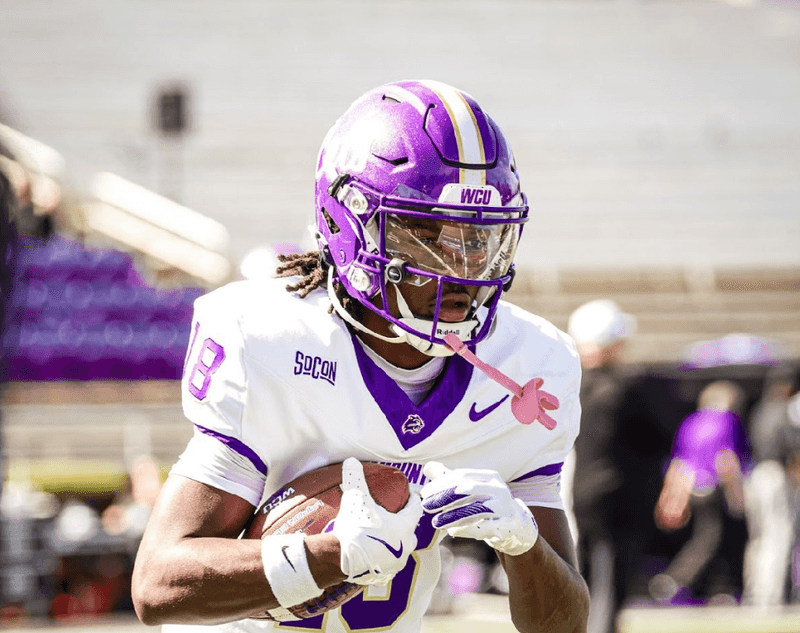Sports nicknames can become legendary, sometimes overshadowing the actual achievements of the athletes themselves. Some players burst onto the scene with monikers promising greatness, only to fade into mediocrity.
Others earned colorful nicknames that fans remember long after their playing days are over. Here’s a look at 16 athletes whose larger-than-life nicknames ultimately outshined their on-field accomplishments.
1. Harold “Baby Jordan” Miner
The basketball world held its breath when Harold Miner entered the NBA in 1992. His high-flying college dunks at USC earned him comparisons to Michael Jordan himself – a blessing and a curse rolled into one nickname. Miner did capture two NBA Slam Dunk Contest trophies, showing flashes of the aerial artistry that inspired his moniker. But his professional career fizzled quickly, averaging just 9 points per game over four underwhelming seasons. By 1996, “Baby Jordan” had retired, leaving behind highlight reels of spectacular dunks but little else to justify the lofty expectations his nickname created.
2. Jack “The Throwin’ Samoan” Thompson
Before Tua Tagovailoa, there was Jack Thompson – the original “Throwin’ Samoan.” Thompson dazzled college football fans at Washington State, setting NCAA passing records and earning a nickname that perfectly captured his heritage and playing style. The Cincinnati Bengals selected him third overall in 1979, expecting a franchise quarterback. Instead, Thompson struggled with accuracy and decision-making at the pro level, starting just 21 games across five forgettable seasons. His career stats (5,312 yards, 33 TDs, 45 INTs) read like a single good season for today’s quarterbacks. The rhythmic nickname remains his most memorable contribution to football lore.
3. Stacey “Plastic Man” Augmon
Stretching his 6’8″ frame into impossible defensive positions, Stacey Augmon earned his “Plastic Man” nickname honestly. His rubbery limbs seemed to extend beyond normal human limits when disrupting passing lanes or swatting shots. Augmon enjoyed unusual longevity, playing 15 NBA seasons from 1991 to 2006. Yet for all his defensive prowess, he never made an All-Star team or All-Defensive team. The nickname painted a picture of a superhero defender, but Augmon’s career numbers tell a different story: 8.0 points per game and less than one steal per contest. Fans remember the bendable comic book character connection more than his actual contributions.
4. Rod “He Hate Me” Smart
Football fans who never saw Rod Smart play can still recite his famous XFL jersey nameplate: “He Hate Me.” This marketing stroke of genius made Smart the face of the failed football league in 2001, capturing mainstream attention far beyond his athletic abilities. Smart explained the nickname meant opponents would hate him after he dominated them on the field. The reality? His professional career included just 151 rushing yards over three NFL seasons with the Panthers. Two decades later, people still remember the nickname while forgetting that Smart was primarily a special teams player whose fame outpaced his football resume.
5. John “Blue Moon” Odom
Baseball nicknames from the 1960s had a certain poetry, and “Blue Moon” Odom’s ranks among the most melodic. The Oakland Athletics pitcher earned his celestial moniker from childhood friends who thought his round face resembled the moon. On the mound, Odom compiled a respectable 84-85 record with a 3.70 ERA. He made two All-Star teams and won three consecutive World Series with the dynastic Athletics teams of the early 1970s. Yet baseball historians rarely mention him among the era’s great pitchers. His nickname floats through baseball trivia contests while his actual performance remains grounded in mediocrity – the rare occurrence his nickname suggested.
6. Billy “White Shoes” Johnson
Long before touchdown celebrations became elaborate productions, Billy Johnson was revolutionizing end zone entertainment. His white cleats (unusual for the era) and funky “Funky Chicken” dance made him an instant fan favorite in the 1970s. Johnson carved out a 14-year career as a return specialist and occasional receiver. His skills earned him three Pro Bowl selections and spots on two All-Decade teams. Still, his highlight reel feels disproportionately small compared to his cultural impact. Modern fans who never saw him play still reference “White Shoes” when discussing celebration pioneers, proving that sometimes style genuinely does outlast substance in sports memory.
7. Craig “Ironhead” Heyward
Few football nicknames captured a player’s essence better than “Ironhead” Heyward. The bruising fullback earned his moniker by literally breaking helmets with his massive cranium during practice sessions. Heyward’s career included one standout season (1,083 rushing yards in 1995), but he primarily served as a battering ram blocker and short-yardage specialist across 11 NFL seasons. His personality transcended his play, leading to memorable Zest soap commercials featuring his substantial frame. Tragically, Heyward died at just 39 from a brain tumor. His legacy lives on through his son Cameron, an NFL defensive star, and through a nickname that perfectly embodied his bulldozing running style.
8. Chris “Birdman” Andersen
With his colorful mohawk, neck-to-ankle tattoos, and wingspan that seemed to stretch across entire basketball courts, Chris Andersen looked like no other NBA player. The “Birdman” soared for spectacular blocks and alley-oop dunks that made highlight reels despite his limited offensive skillset. Andersen overcame a two-year drug suspension to carve out a 16-year career, primarily as an energy player off the bench. His crowning achievement came alongside LeBron James on Miami’s 2013 championship team. Career averages of 5.4 points and 5.0 rebounds hardly seem legendary. Yet his distinctive appearance and nickname made him a fan favorite whose cultural footprint exceeded his statistical contributions.
9. “Bam Bam” Camara
The rugby pitch trembled when Abdellatif Benazzi – better known as “Bam Bam” Camara – charged forward. The French-Moroccan forward earned his cartoon-inspired nickname through bone-crushing tackles that echoed like the Flintstones character’s club hitting the ground. Despite his fearsome reputation, Camara never quite reached the upper echelon of international rugby stardom. He represented France competently but failed to become a household name outside dedicated rugby circles. His intimidating nickname traveled farther than news of his actual performances. When rugby fans discuss the sport’s most terrifying tacklers, “Bam Bam” often enters the conversation based more on nomenclature than noteworthy achievements.
10. Lloyd “Sweet Pea” Daniels
New York City playground legends whispered about Lloyd Daniels with reverence. “Sweet Pea” possessed otherworldly basketball talent that had scouts calling him the next Magic Johnson – before he even finished high school. Substance abuse derailed his career before it started. Daniels miraculously survived a shooting and multiple setbacks to eventually reach the NBA, but he arrived as a shell of his mythical self. His professional career spanned just five unremarkable seasons, averaging 7.1 points per game. The gulf between his legendary nickname and actual NBA production represents one of basketball’s greatest “what if” stories – a cautionary tale of potential unfulfilled.
11. Glenn “Big Baby” Davis
At 6’9″ and nearly 300 pounds with an expressive face that could launch a thousand memes, Glenn Davis was destined for a memorable nickname. “Big Baby” stuck after he reportedly cried following criticism from LSU coach John Brady. Davis won an NBA championship as a rookie with the 2008 Boston Celtics and carved out an eight-year career as a serviceable role player. His emotional outbursts – including one memorable sideline incident with coach Doc Rivers – often overshadowed his actual play. For a player who averaged a modest 8.0 points per game, Davis maintained remarkable name recognition. The childish nickname humanized him, creating a persona larger than his basketball accomplishments.
12. Darrius “Hey-Bey” Heyward-Bey
When the Oakland Raiders selected Darrius Heyward-Bey seventh overall in the 2009 NFL Draft, fans immediately latched onto his catchy rhyming nickname. “Hey-Bey” rolled off the tongue with the same ease scouts expected him to roll past defenders with his 4.3 speed. That blazing speed never translated to consistent production. Despite playing 11 NFL seasons, Heyward-Bey managed just 2,889 receiving yards – a total many elite receivers accumulate in two seasons. The nickname suggested a dynamic playmaker worthy of highlight packages and Pro Bowl selections. The reality was a draft bust who became a special teams contributor, proving that catchy monikers don’t always predict on-field success.
13. Jared “Hefty Lefty” Lorenzen
Quarterbacks typically possess a certain body type – but nobody told Jared Lorenzen. The 300-pound southpaw earned multiple creative nicknames: “The Pillsbury Throwboy,” “The Abominable Throwman,” and most famously, “The Hefty Lefty.” Lorenzen won a Super Bowl as Eli Manning’s backup with the Giants, but started just four games in his NFL career. His legend grew larger at Kentucky, where he set school passing records while defying conventional wisdom about quarterback mobility. Tragically, Lorenzen passed away in 2019 at age 38 from heart and kidney issues related to his weight. His nicknames live on as affectionate tributes to a unique athlete who brought joy to fans despite limited professional success.
14. Keith “Mister” Jennings
Standing just 5’7″, Keith Jennings needed something to distinguish himself in the land of giants. His East Tennessee State teammates bestowed the honorific “Mister” upon him – a sign of respect for his outsized game despite his undersized frame. Jennings dominated college basketball, earning Southern Conference Player of the Year honors in 1991. His professional career proved far less distinguished, lasting just three NBA seasons with the Golden State Warriors, where he averaged 6.6 points and 3.7 assists. For a player whose nickname suggested mastery and permanence, Jennings’ NBA career was fleeting. “Mister” implied longevity and respect his professional resume never quite earned, though his heart and determination made him a cult favorite.
15. “Big Country” Bryant Reeves
When the Vancouver Grizzlies selected 7-footer Bryant Reeves sixth overall in 1995, they envisioned a franchise cornerstone. His Oklahoma roots and down-home demeanor earned him the perfect nickname: “Big Country” – conjuring images of a gentle giant dominating the paint for years to come. For two seasons, the investment seemed sound as Reeves averaged 16.2 points in 1997-98. Then came back problems, weight issues, and rapidly declining production. By 2001, both Reeves and the Vancouver Grizzlies were gone – the team to Memphis and Reeves to retirement at just 27. “Big Country” remains a cautionary tale of draft busts whose nicknames promised more than their bodies could deliver.
16. Isaiah “Juice” Johnson
The nickname “Juice” carries electric expectations – explosive plays, game-breaking speed, and highlight-reel moments that leave fans breathless. Isaiah Johnson seemed destined for greatness when he earned the moniker in high school. College scouts drooled over his potential, but Johnson’s collegiate career produced more fizzle than sizzle. Despite his tantalizing athletic gifts, he never developed the consistency needed to translate raw talent into professional success. Johnson’s attempts to break into both the NFL and NBA fell short, leaving behind a nickname that promised far more voltage than his career ever generated. Sometimes the most electric nicknames belong to athletes whose circuits never fully connected at the highest levels.
